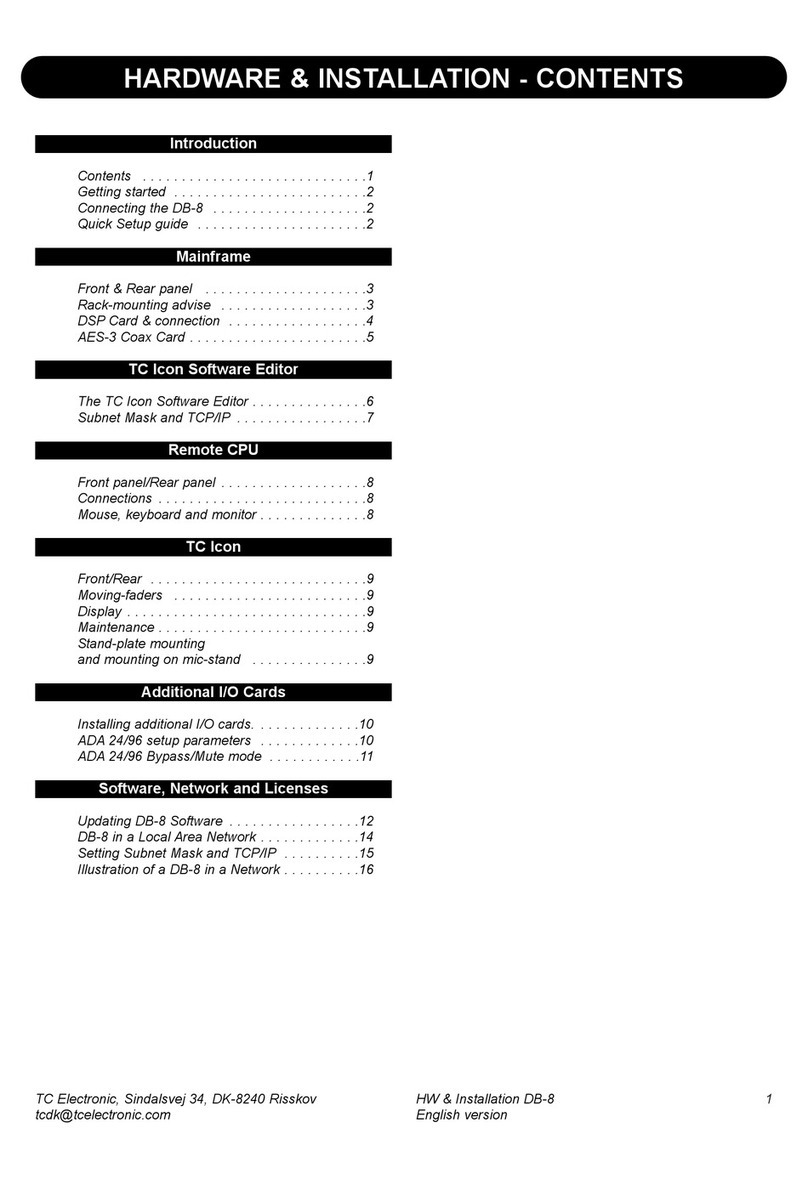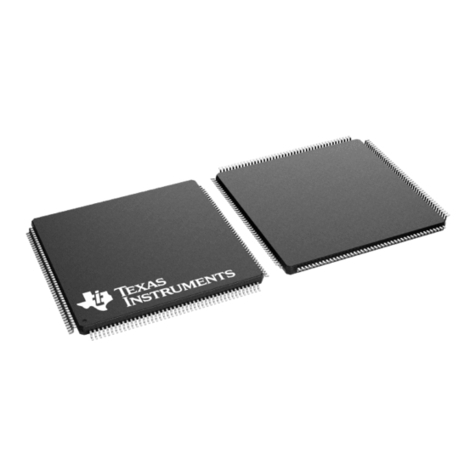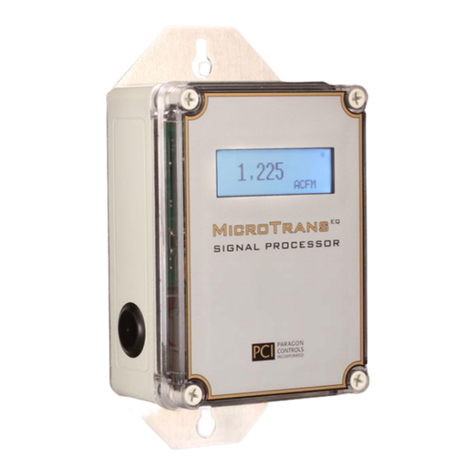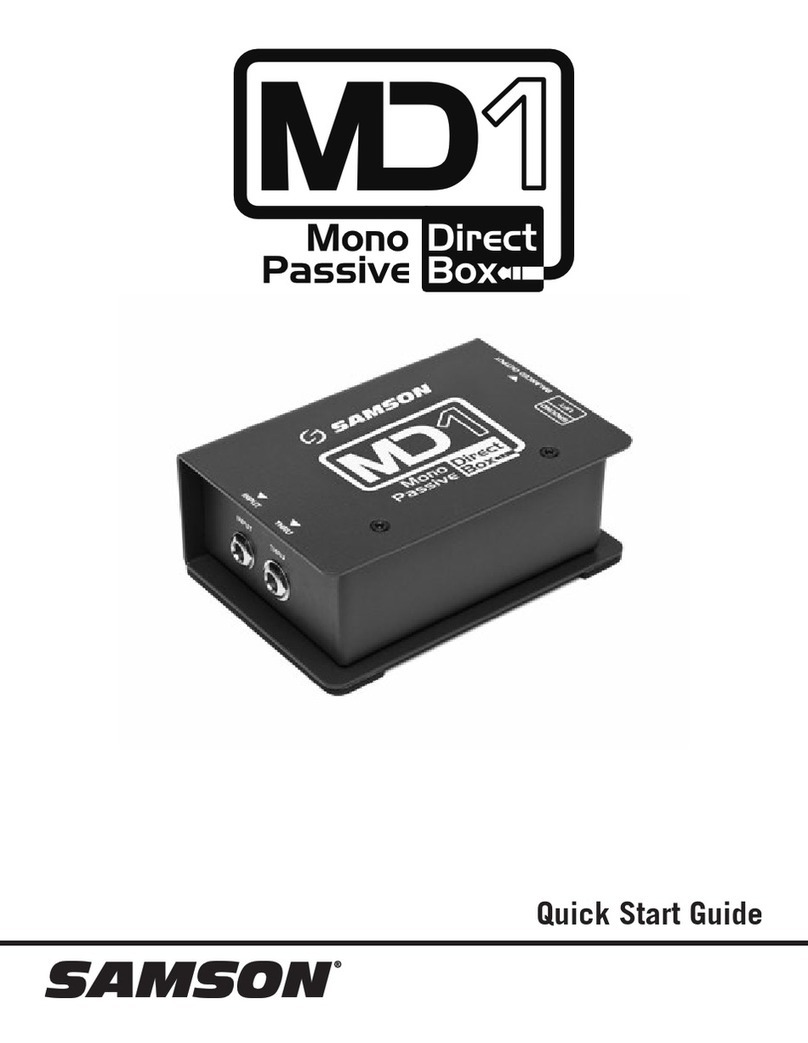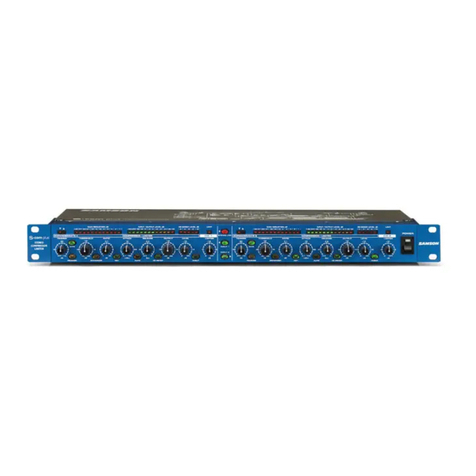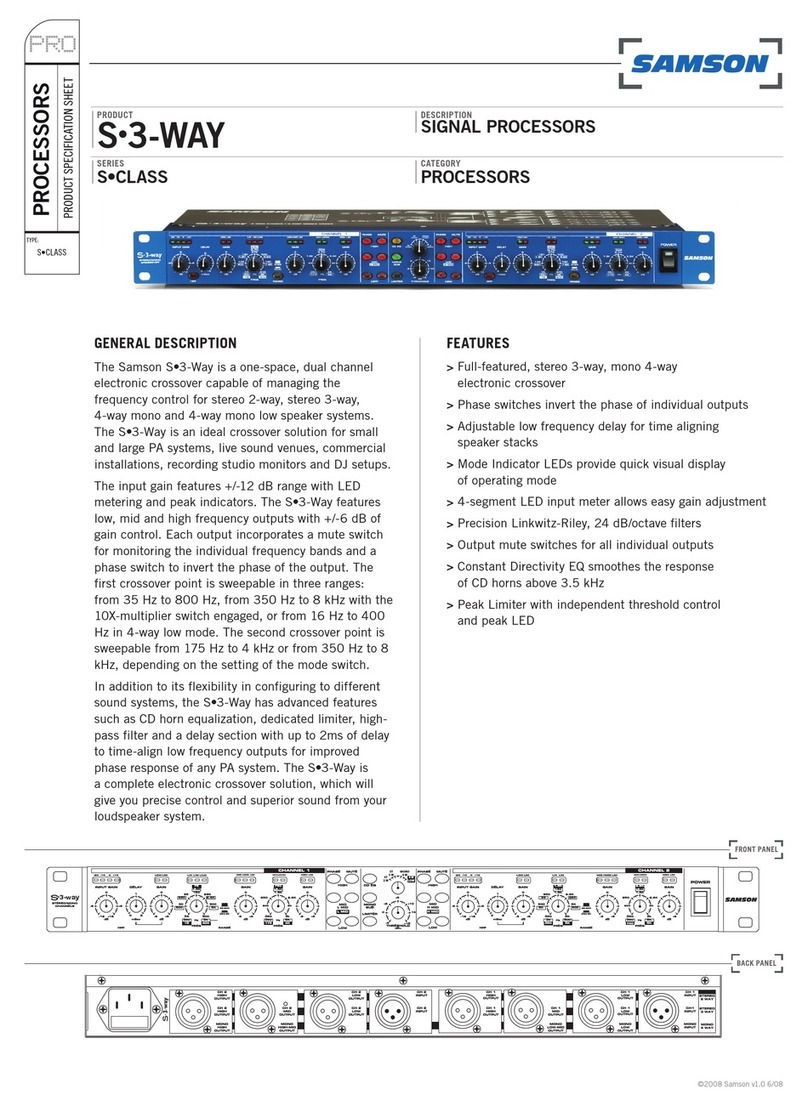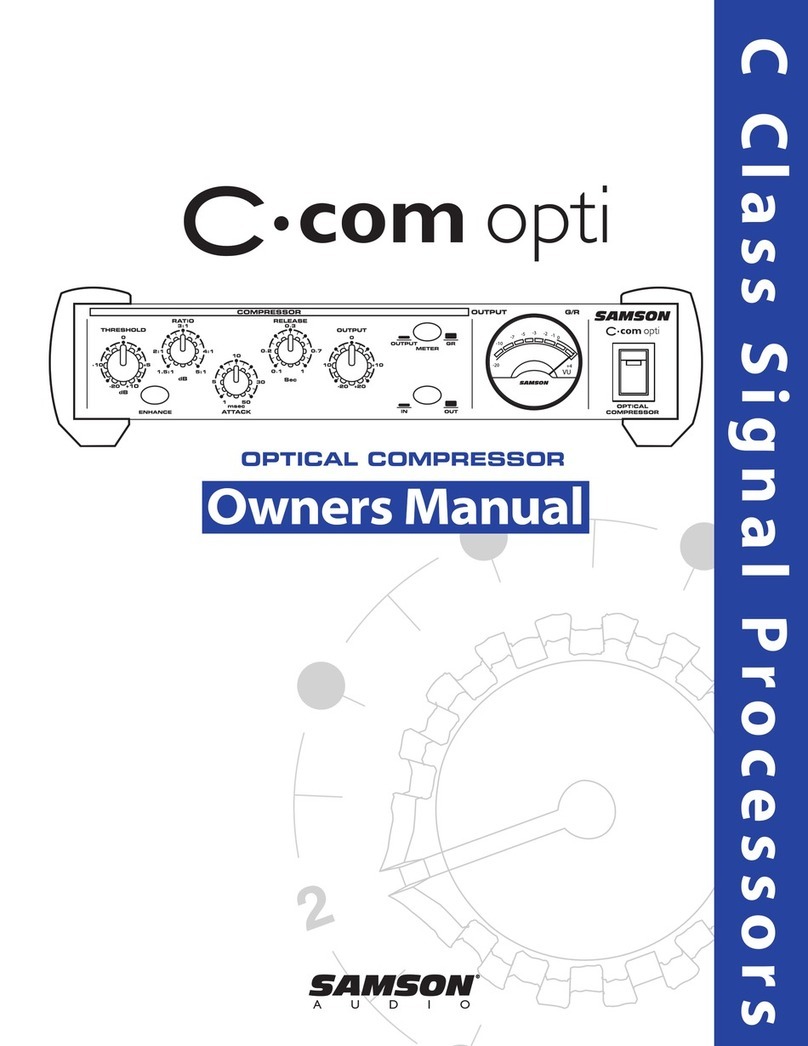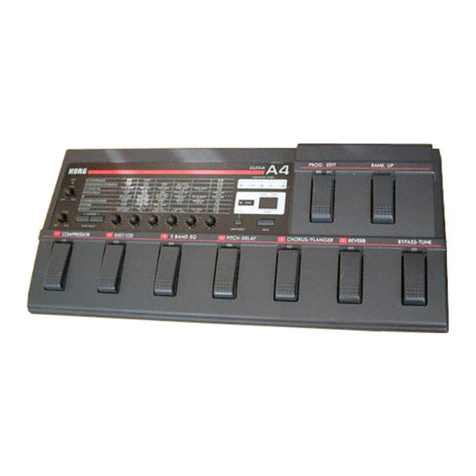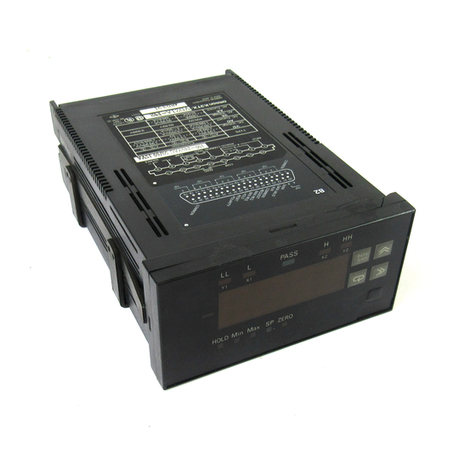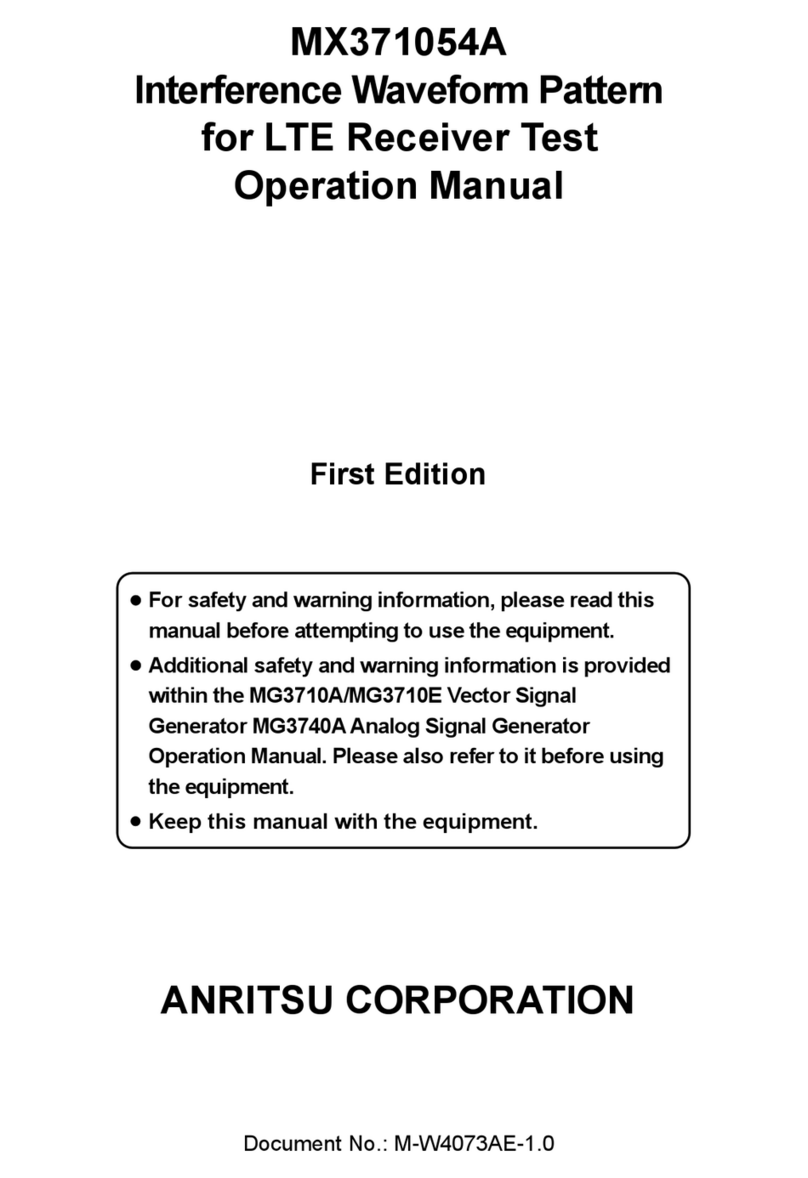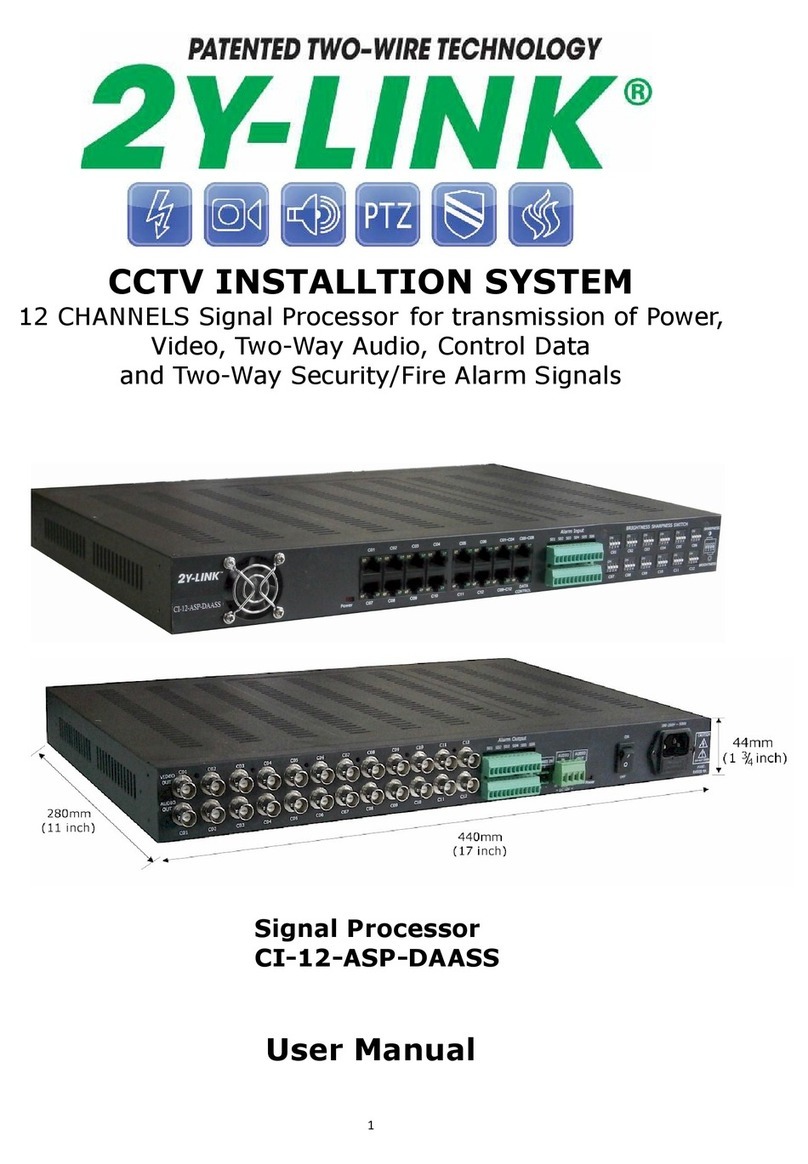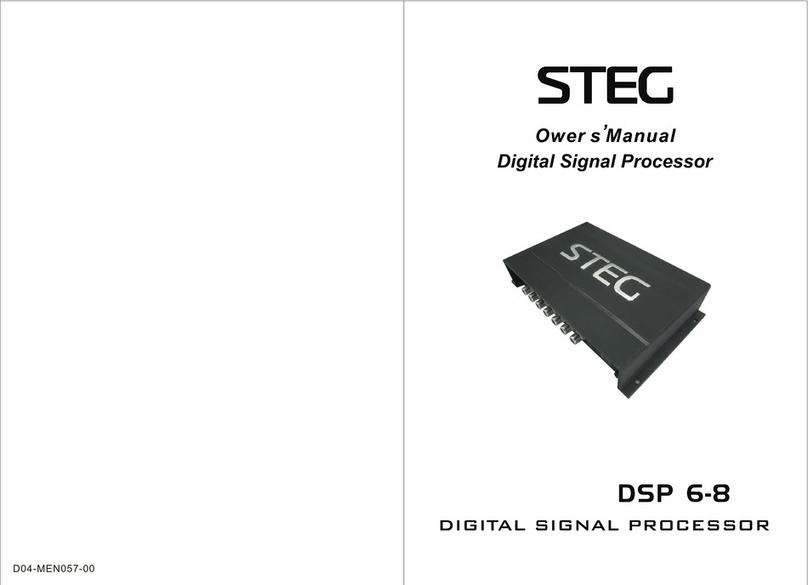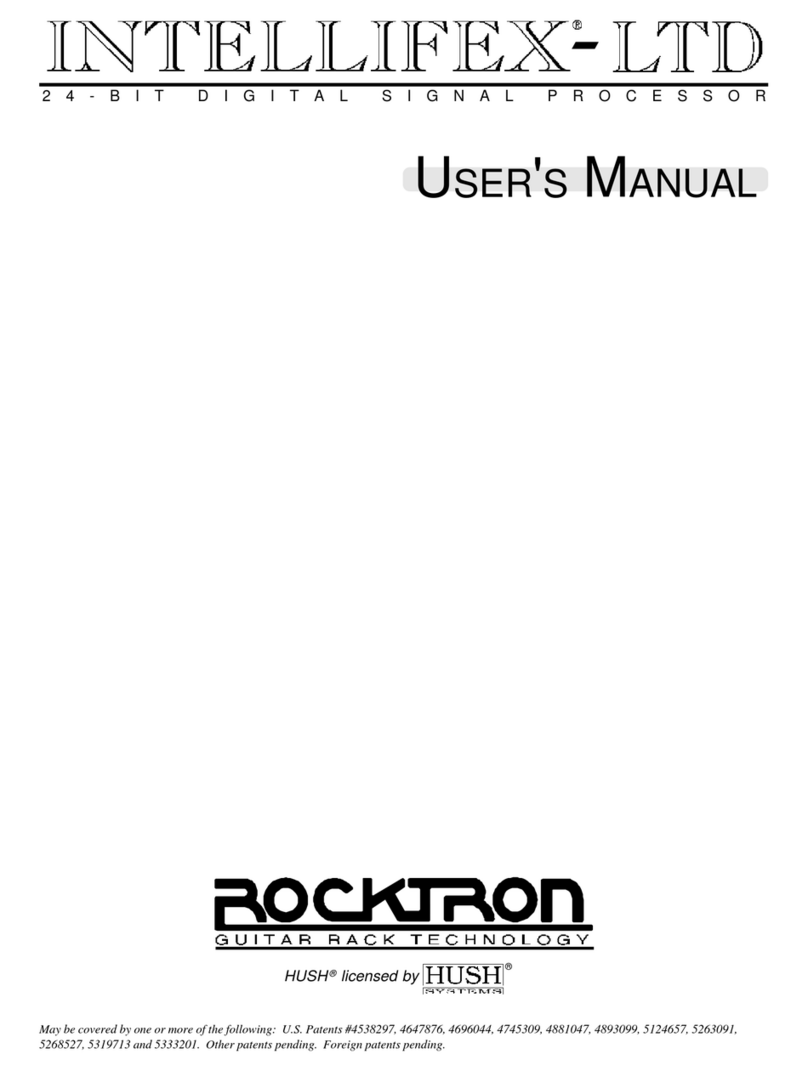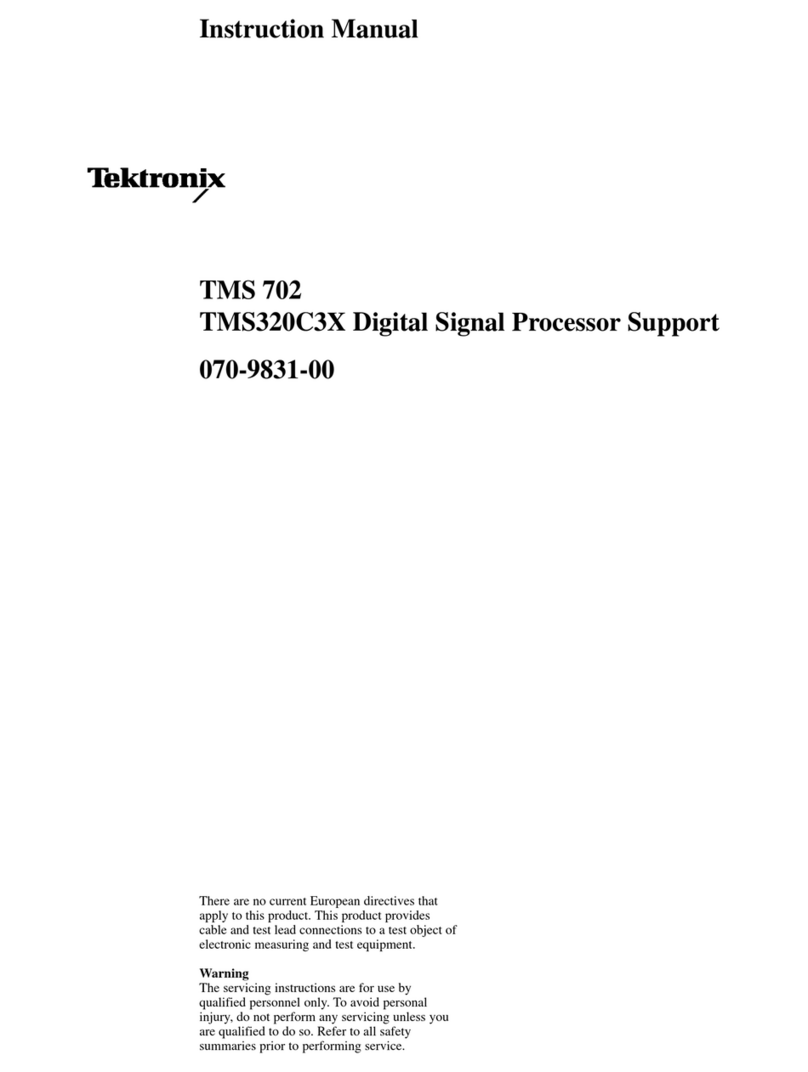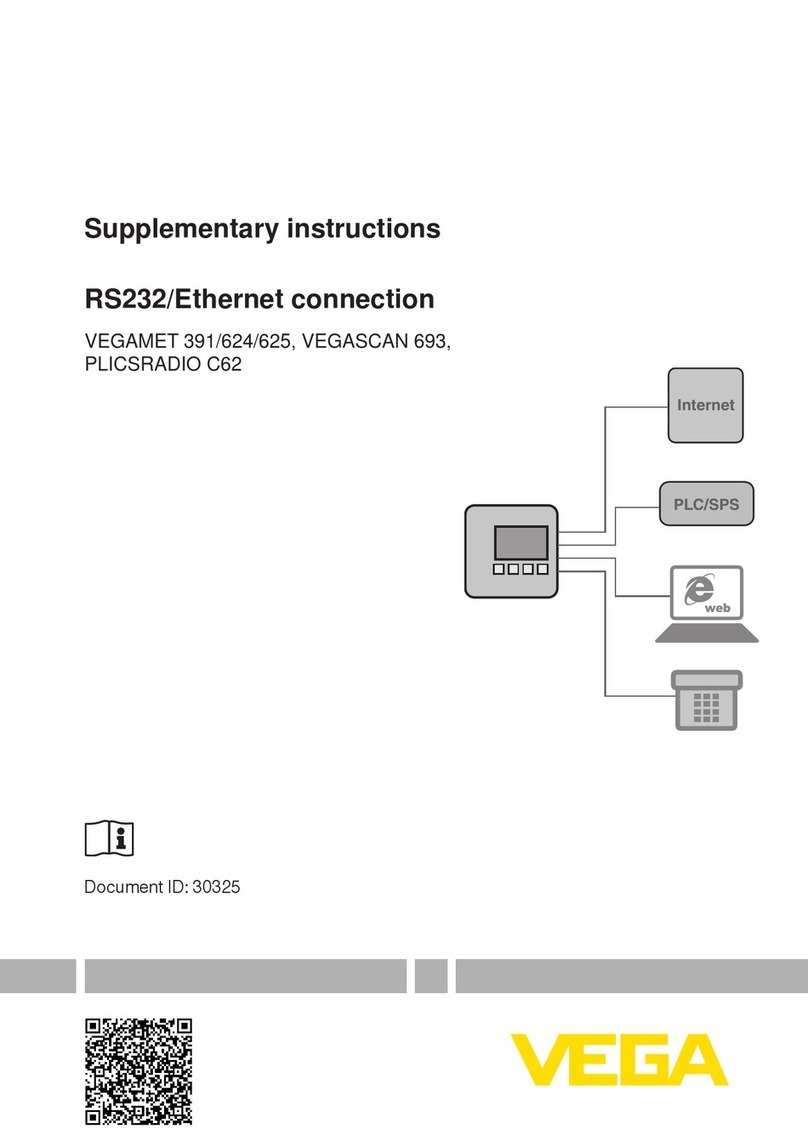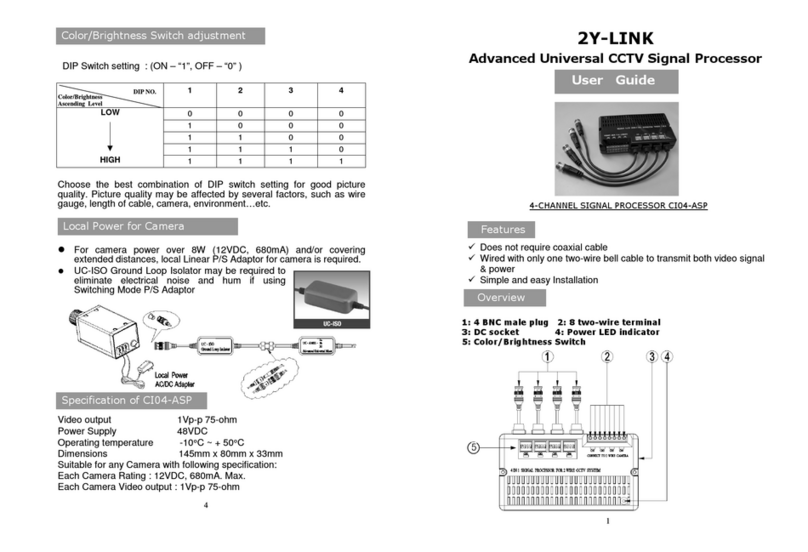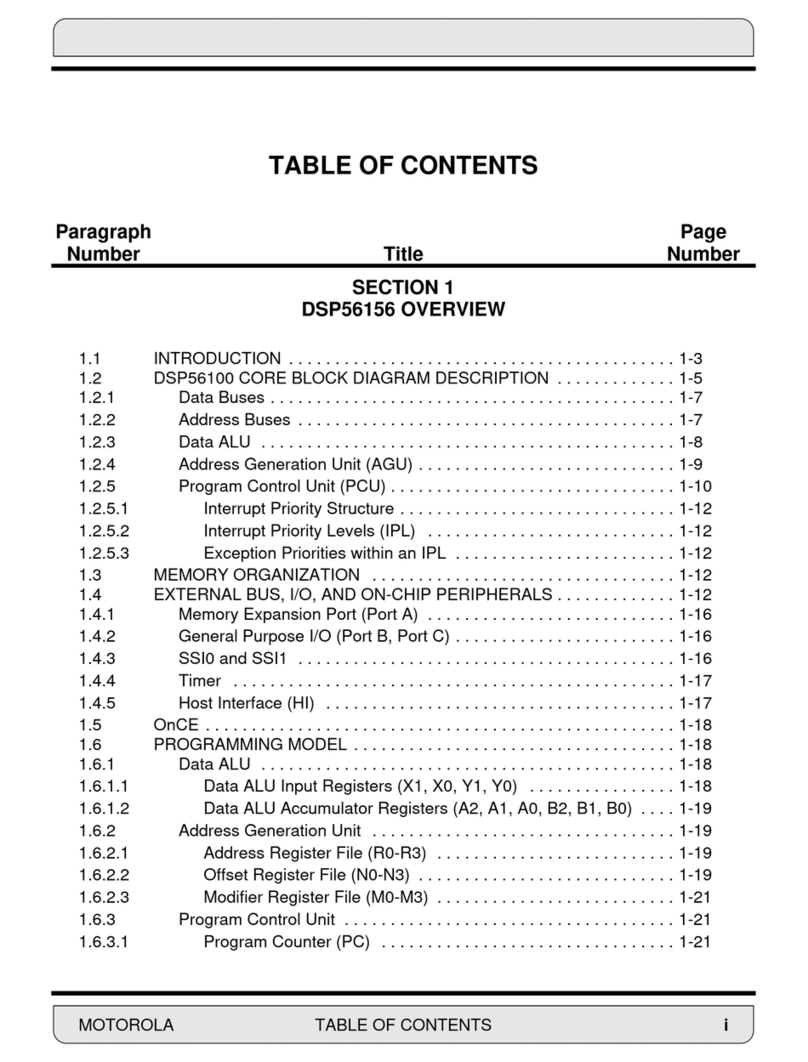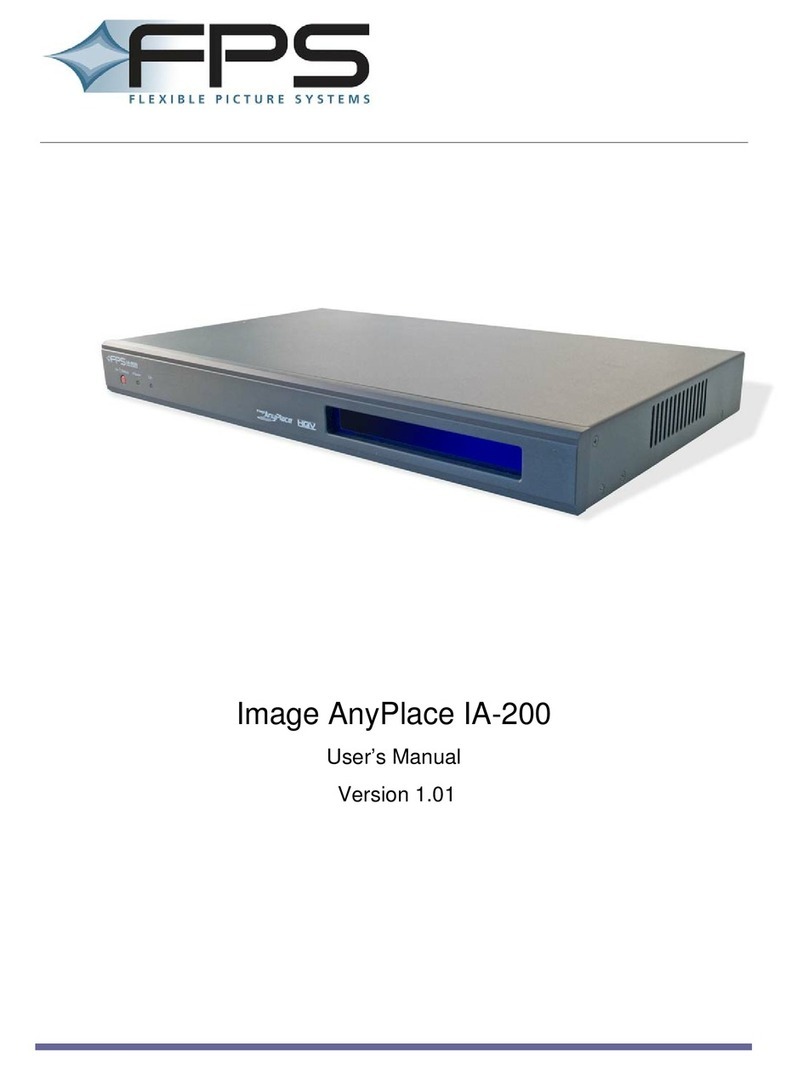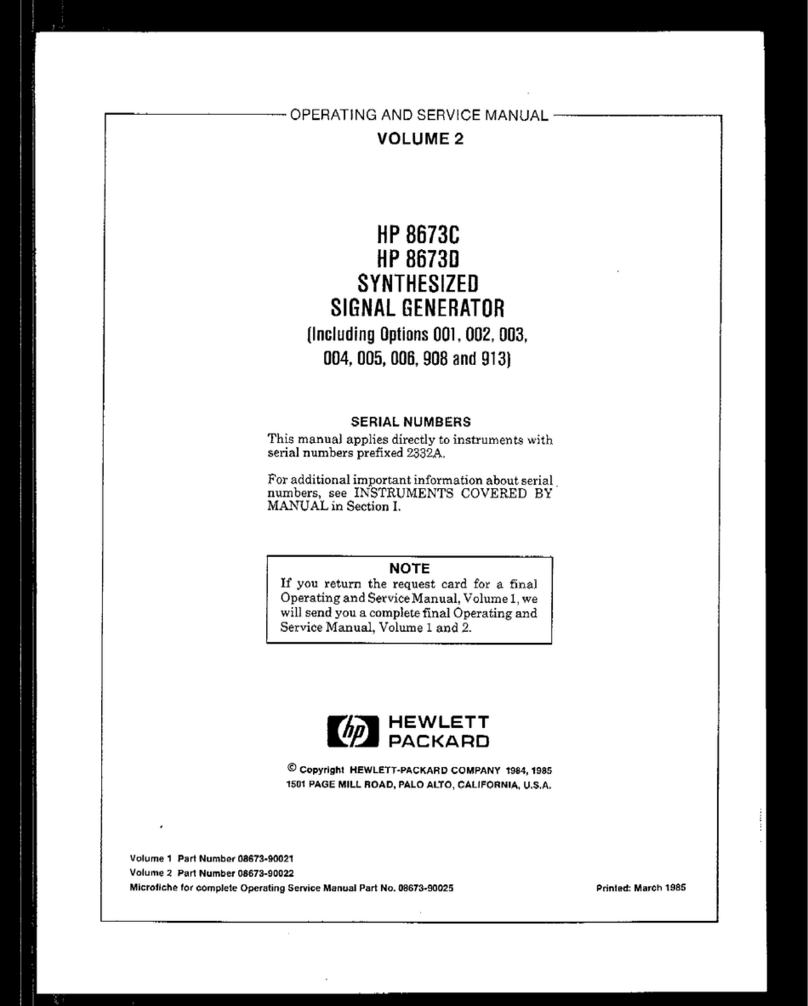3
Forward By Ray Kennedy
The use of compressors and limiters in recording and mixing are some of the most important
tools available and much more useful than many realize. To me, compression is much more of a
sound than a dynamics control device. Each model has its own sound and ideal application which
is why I have about forty units to choose from. Learning which type of unit and what settings to
use takes a lot of trial and experimentation but eventually you’ll find the best applications.
Peak limiting and soft compression are basically good for maximizing levels to tape or disk with-
out a lot of coloration. Essentially knocking the peaks down and bringing the quieter portions of a
sound up louder by narrowing the dynamic range. Slow attack and fast release times allow for
more transparent sound. I personally like the sound of compression and use it at times to
extremes. Depending on the type of unit and the settings, so many tonal characters can be
achieved from thickening, adding ambience, toughening, softening, equalizing and much more. My
favorite 'manic compression"' trick is to make vocals feel suspended in the mix, dry and intimate,
as if the singer is right there in your face but not too loud. My partner Steve Earle says the amount
of compression we use on the vocals on his records lets people know what he had for breakfast.
In many ways, it becomes a replacement for reverb and used in extreme, it pulls in all the ambi-
ence around a vocal mic as well as digging out character from down in your vocal cords. On an
overhead or room mic, you can actually change the perceived size of the room by making it suck
in the decaying sound as it travels away. Again slow attack and fast release times will bring the
best results because you can hit the threshold much harder.
Stereo bus limiting and compression is also a very good method for actually gluing tracks together
and making bands sound tighter than they really are. It also allows for more saturation to analog
two track as well as fuller modulation to digital formats. For me, it is not unusual to hit three stereo
limiters before getting to the hard disk in mastering, which the final parts will be cut from.
Quite often running a signal through several compressors will allow some interesting results which
cannot be achieved with one unit. There certainly are no rules but it is important to know that there
are many different designs in squashing sound. Some are entirely tube, some tube and optical,
just optical, FET transistors, VCA's (voltage control amplifiers), Pure Class A, Class A/B, Digital,
as well as other combinations.
Now, we have finally arrived in an age of very high quality VCA's which are not too expensive and
are allowing for very sophisticated and versatile designs, as are the S-Class units from Samson.
Ray Kennedy
Ray Kennedy is a Nashville based Producer, Engineer and
Songwriter whose production company Twang Trust, a partner-
ship between Ray and singer songwriter Steve Earle, has been
credited with well known artist recordings and performances
including Steve Earle, Art Garfunkel, Willie and Waylon, Farm
Aid, The Del McCoury Band, Nancy Griffith, Lucinda Williams,
David Alan Coe, Shaver, V-Roys, and Rosie Flores.
ENGLISH


